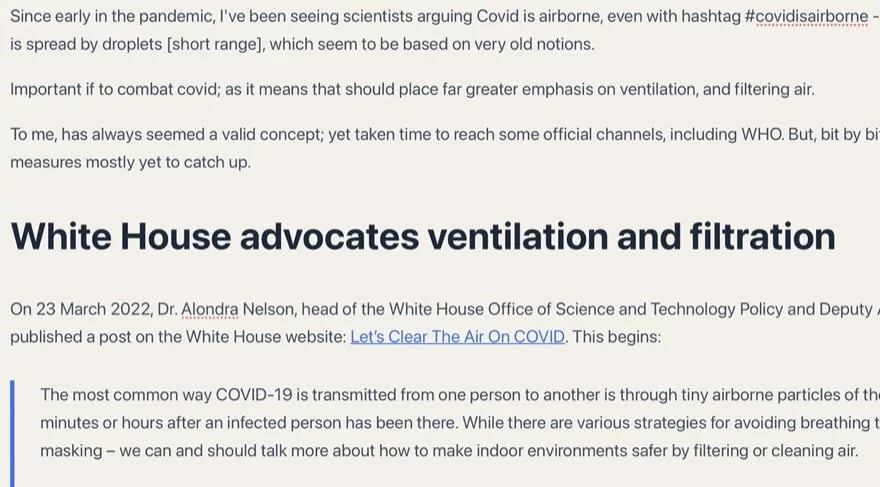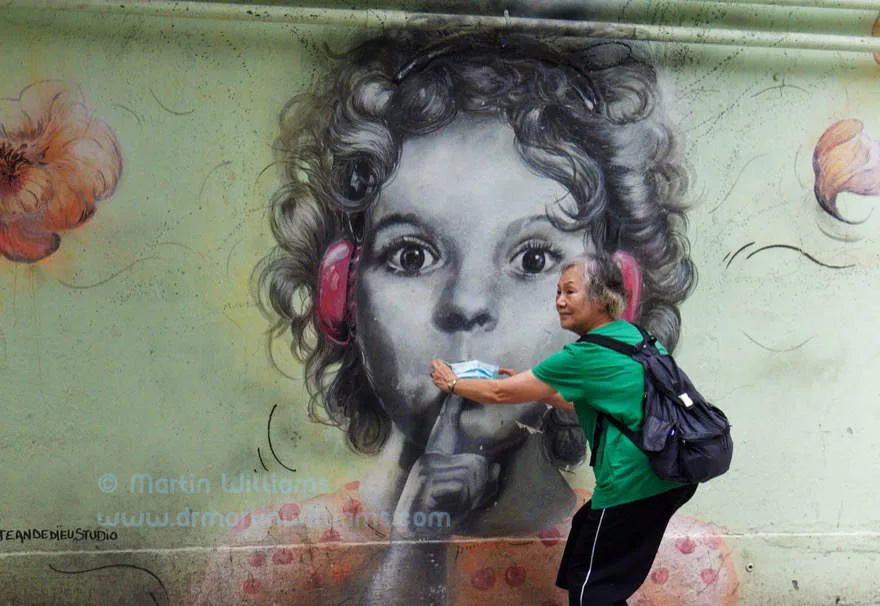It’s only 70 years since work began on the first mass production of an antibiotic, penicillin. Soon, it was hailed as a “wonder drug”, as it could treat a host of diseases including pneumonia, blood poisoning, scarlet fever, gonorrhea, and tonsillitis.
Yet within just two years, the man who had first noticed the anti-bacterial properties of a penicillin mould, Alexander Fleming, was warning that, “It is not difficult to make microbes resistant to penicillin in the laboratory by exposing them to concentrations not sufficient to kill them, and the same thing has occasionally happened in the body.”
Even by this time, bacteria outside laboratories were developing resistance to penicillin. They did so thanks to natural selection, with relatively tiny numbers of variants that were not killed by penicillin proliferating, and giving rise to populations that could survive the former wonder drug. These could then even swap genetic material with other bacteria, conferring resistance on them as well.
Staphylococcus aureus was to give rise to one of the most infamous antibiotic resistant strains. “Staph” is common in healthy humans – you surely have it on your skin or in your nose, but can lead to severe infections in wounds, such as after surgery. As resistant strains became an issue, a penicillin derivative was introduced as a countermeasure. This was methicillin, first licensed in 1959, and with resistant strains first noted the next year. Since then, methicillin resistant Staphylococcus aureus – MRSA – has become a severe problem, especially in hospitals.
More antibiotics were developed, and a growing list of bacterial diseases in turn evolved resistance to them. Initially, resistance caused little concern. But the antibiotics “pipeline” has lately almost ground to a halt: though 14 classes of antibiotics were introduced for human use from 1935 to 1968, only five have been introduced since, and two of these are for use on the skin. Evolution, meanwhile, continues apace, with a growing roll call of drug resistant diseases, including strains that are multiple drug resistant or even exhibit total drug resistance.
These strains are the superbugs: tough to treat, capable of causing severe infections and even death. Dire warnings are being sounded about the threats they pose.
Global action is needed
“Global action is needed to tackle the catastrophic threat of antimicrobial resistance,” England’s Chief Medical Officer Professor Dame Sally Davies said earlier this year.
“CRE [Carbapenem-Resistant Enterobacteriaceae, including gut bacteria like E. coli] are nightmare bacteria,” said Tom Frieden, Director of the US Centers for Disease Control and Prevention (CDC). “Our strongest antibiotics don’t work and patients are left with potentially untreatable infections.”
In an emailed reply to questions from the South China Morning Post, Professor Margaret Ip of the Department of Microbiology, Chinese University of Hong Kong, noted that, “Hong Kong has seen high resistance rates to some of the traditionally used oral antimicrobial agents. The condition has improved somewhat with an overall increased awareness of their use, better hygiene and infrastructure for controlling drug-resistant bacteria. It is pertinent to reduce and contain these resistant bacteria, so as to preserve the choices of antibiotics that are available and effective.”
Similar action is advocated by the CDC, which on 16 September released a landmark report on antibiotics resistance, with a conservative estimate that antibiotic resistant bacteria kill 23,000 people per year in the US. According to the CDC, “Up to half of antibiotic use in humans and much of antibiotic use in animals is unnecessary.”
The age of the wonder drug may be over. As Hongkonger Dr Margaret Chan, Director-general of the World Health Organization observed last year: “A post-antibiotic era means, in effect, an end to modern medicine as we know it. Things as common as strep throat or a child’s scratched knee could once again kill.”
Early warnings of climate change
While climate change resulting from human activities might seem a new-fangled concept, there have been on-point predictions dating back many years.…
Ignoring Science Makes Global Climate Disaster as Inevitable as Titanic Submarine Implosion
Climate change has been prominent in worldwide news this summer (2023), notably as we have just lived through the hottest week…
Have you been bullied into health? Fear, quackery and Covid
So here we are with our modern-day wonder, the internet – where even with a smartphone, you can search for and…
Never mind the antimask-o-sphere. Science shows face masks help reduce Covid spread
Just had one of those silly Twitter “conversations” with someone who had position so fixed, impossible to change with facts. Yeah,…
A Covid scrapbook: snapshots from the crazy pandemic
I’ve read accounts of the Spanish Flu, which was the last major pandemic, mainly in 1918 [so over and done with…
Highly pathogenic bird flu variants mostly evolve in intensive poultry farming
Highly pathogenic bird flu variants evolve from regular, low pathogenic, bird flus, within intensive poultry farming.
Keep Your Underpants Duck Taped and Air Clean as Covid Wild Ride Continues
We’ve learned a lot about Covid, even developing vaccines. Yet Covid remains an issue, no matter how much we might wish…
Covid is airborne so ventilation and air filtration are important
Since early in the pandemic, I’ve been seeing scientists arguing Covid is airborne, even with hashtag #covidisairborne – including to counter…
Long Covid – info and links indicating major impact
Evidence is snowballing that Long Covid is also a serious issue, even affecting people in whom the disease initially appeared mild.
Perhaps Covid arose through lab leak of tweaked bat Coronavirus
Maybe humans tweaked bat coronaviruses in gain of function experiments, inadvertently creating Covid thro lab leak.
The Covid Conundrum: Endless Lockdowns, Let It Rip … or What?
Covid is airborne, which means that much as unprotected sex is a risk for HIV, unprotected breathing might result in Covid.
Science shows Covid including Omicron is Really Not the Flu
Some of the science showing Covid including Omicron is a huge issue; and one that looks set to be with us…
“Alarmist” Covid predictions outperform Covid deniers’ soothsaying
The disinfo downplaying Covid is often from rightwing, mainly money-minded folks who perhaps don’t care too much about actual people.
Covid virulence, vaccines and variants
Science can provide some insights into what may happen with Covid, along with ways to limit its impacts.
We’re in the Covid Era for the Long Haul
We’re in this for the long haul, with the virus like a relentless, invisible foe, ready to exploit errors, slip through…
My Strange n Surprising Summer Staycation with Cellulitis
rom quick pricking by unseen marine creature, to intense fever, and hospital stay for an infection deep within the skin.
Covid virulence, vaccines and variants
[Written for South China Morning Post on 6 January 2021] In January last year, as reports were emerging of the new…
The Viral Time Bomb – Pandemic of Our Time
Guan Yi, director of the State Key Laboratory of Emerging Infectious Diseases at Hong Kong University, has extensive experience of viruses;…
From China With Fear: the Wuhan Coronavirus Won’t Kill Us All
As news of Wuhan coronavirus emerges, evolutionary biology suggests potential for a pandemic, not killing high percentage of people.
Fightback Needed as Science and Life Support System Under Attack
Environmentalism is under assault; yet this planet is the only home we have; providing our food, air, water… It’s our life…
Secret World of Hong Kong Water Supply
Hong Kong’s water supply system has been vital to its development as a “world city”.
Hong Kong Belching Buffaloes n Bubbling Paddies and the Mystery Methane Rise
Prof Euan Nisbet leads a science team to Hong Kong in quest to help find why levels of potent greenhouse gas…




















